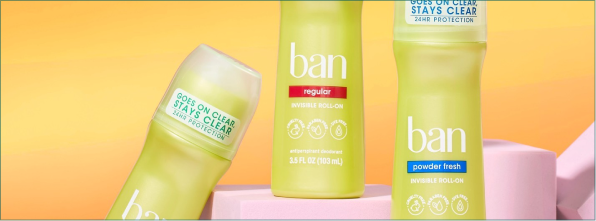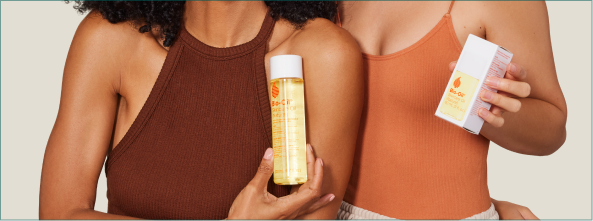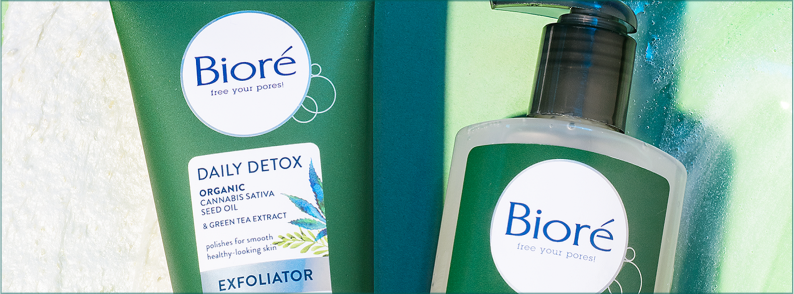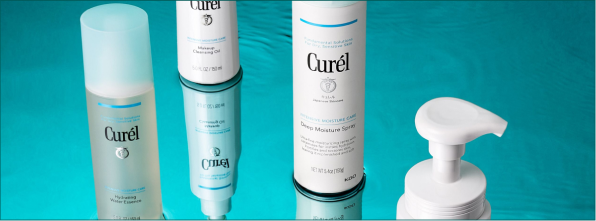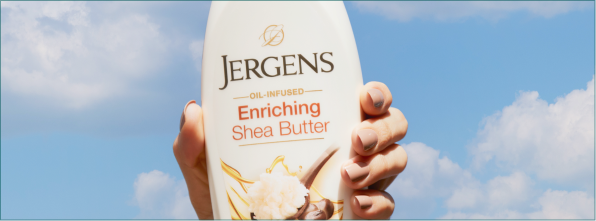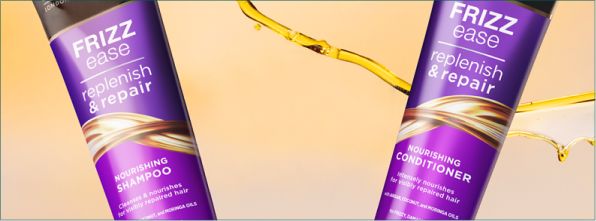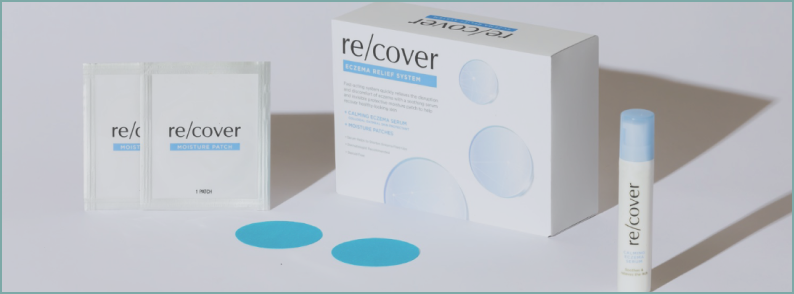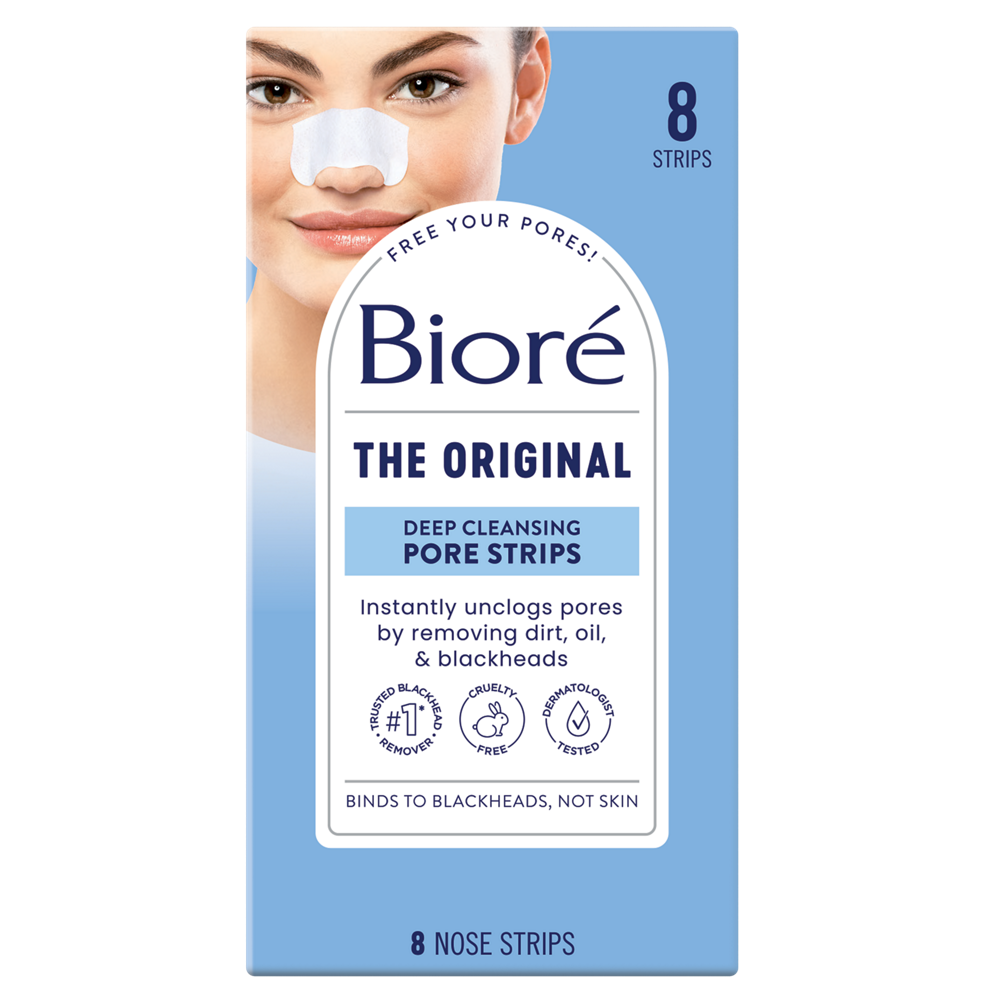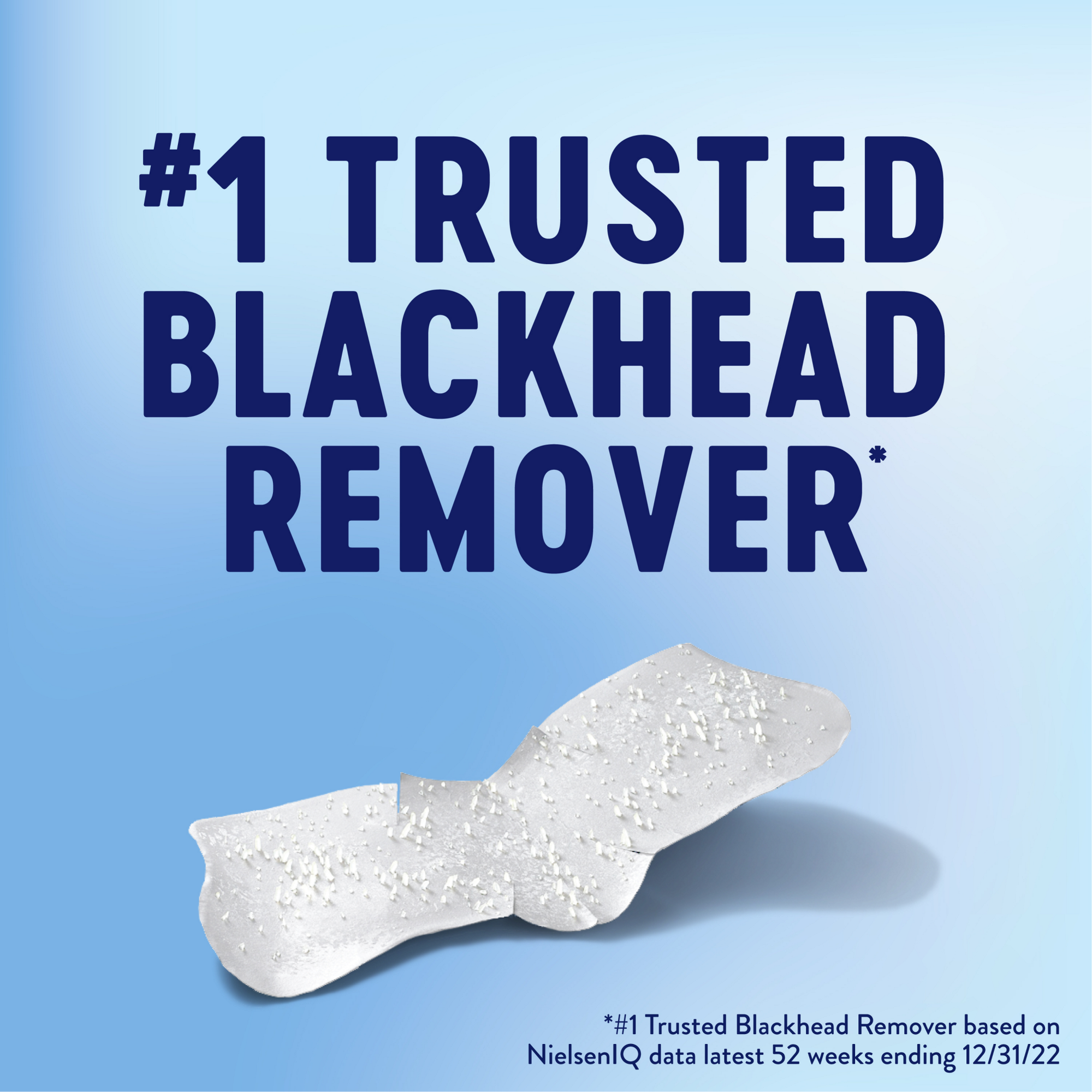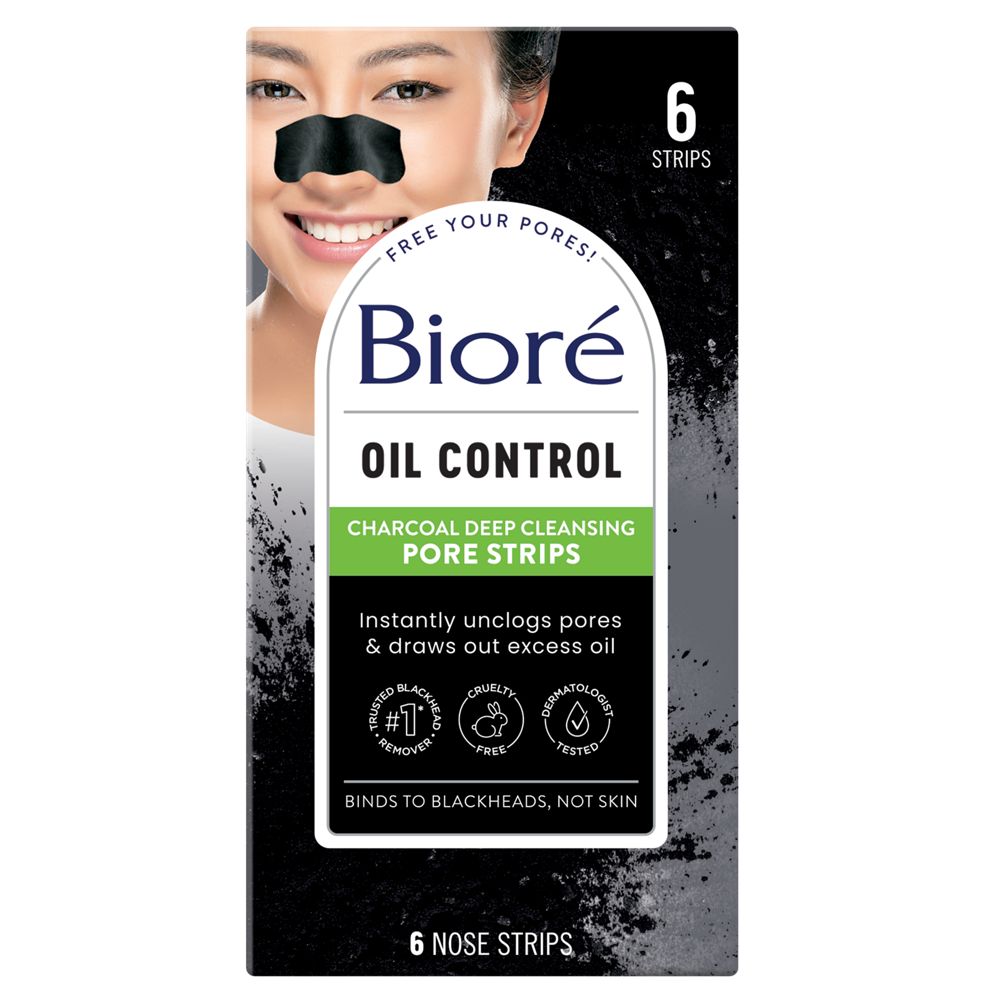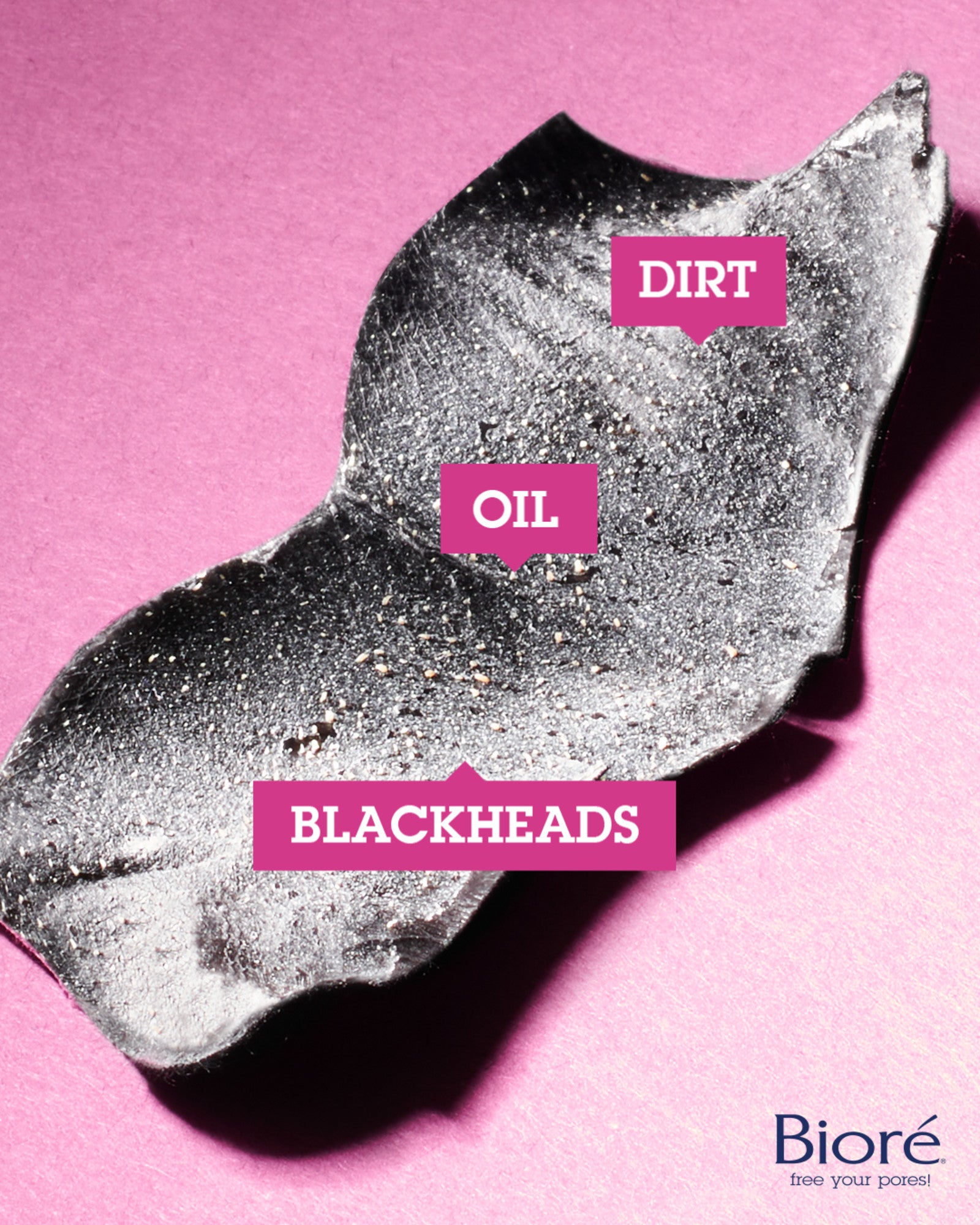Hydrocolloid Patches vs. Pore Strips

If you're like most people who struggle with blackheads and blemishes, you're always on the lookout for new ways to achieve cleaner skin. Hydrocolloid patches just might be the next new product to add to your skincare routine.
They can be very effective for treating clogged pores, but it's important to understand just how this type of product is designed to work. It's not a replacement for your favorite pore strip, but it can be a great addition to help treat a wider variety of skin issues.
What Is Hydrocolloid?
While hydrocolloid strips or patches may seem new to the skincare game, this important ingredient has actually been around in the medical world for decades. The unique substance creates a chemical reaction that produces a gel when it comes in contact with water. This gel creates a safe and gentle barrier around wounds and injuries, protecting them from infection and reducing healing time.
Originally, hydrocolloid was used to dress wounds because it added an extra layer of protective moisture. This layer prevented bandages from sticking, which could avoid tissue damage. Over time, hydrocolloid was used to create patches and strips specifically for treating minor, but irritating, skin issues, particularly blemishes, for a healthier and clearer complexion.
When used on pimples and whiteheads, hydrocolloid patches draw out inflammatory fluids, such as pus and oil, and then convert them to a gel that adheres to the patch. Once the treatment is complete, the patch is removed, along with all of those fluids that were released from the skin. These patches encourage healing so that you can get rid of pimples and blemishes at a much faster rate and enjoy smoother skin. Hydrocolloid strips are longer and larger than individual pimple patches, so they can target multiple problem areas for greater results.
“When used on pimples and whiteheads, hydrocolloid patches draw out inflammatory fluids, such as pus and oil, and then convert them to a gel that adheres to the patch.”
Will Hydrocolloid Strips Remove Blackheads?
While hydrocolloid nose strips are great for treating existing pimples and whiteheads, they cannot effectively target and remove blackheads. They are capable of removing some of the pore gunk that leads to blackheads, like oil and dirt, but not the actual blackheads themselves. Keep in mind that hydrocolloid only absorbs fluids and oils that are on or very near the surface of the skin. It is not effective at removing deep-down buildup in clogged pores.
To successfully remove blackheads from your skin, pore strips are the right approach. These can reach deep into pores and remove buildup, getting rid of those unwanted blackheads while giving you clearer skin.
“While hydrocolloid nose strips are great for treating existing pimples and whiteheads, they cannot effectively target and remove blackheads. They are capable of removing some of the pore gunk that leads to blackheads, like oil and dirt, but not the actual blackheads themselves.”
However, keeping your pores clean isn't just about treatment but about prevention as well. Sticking to a consistent skincare routine that includes products with salicylic acid can help clear your skin while continuously combating clogged pores.
To make the most of your pore-clearing routine, use pore strips and salicylic acid products in tandem. Salicylic acid can loosen up the pore-clogging debris while pore strips can instantly remove it. When you use both, you can achieve radiant and fresh skin while preventing more clogged pores in the future.
Hydrocolloid vs. Pore Strips
Both hydrocolloid and pore strips have an essential role to play in keeping skin clean and blemish-free. However, it's important to remember that they both accomplish very different tasks and should be used accordingly. Learning the difference between hydrocolloid strips and pore strips to help you figure out which product can help meet your current skincare needs.
When To Use Hydrocolloid Strips and When To Use Pore Strips
Now that you know both hydrocolloid strips and pore strips are important for a clear complexion, when and how should you use them? Remembering the function and purpose of each one can help you choose the right product to treat your blackheads and pimples. It's also important to understand how to incorporate them into your regular skincare routine.
If you're dealing with pimples and whiteheads, it's time to use hydrocolloid strips or patches. They help draw out fluids while removing surface-level dirt and oil from blemishes, resulting in less painful inflammation. They're also gentle enough to prevent any further damage to broken skin while shortening the healing time. This means you can enjoy smoother, healthier skin in less time. While hydrocolloid is more of a treatment than a preventative, it can be used on a regular basis to remove surface-level oil and pus. Many strips or patches can be worn for long periods of time.
If blackheads are an issue, then pore strips should be your current product of choice. These strips help remove the dirt, oil, and dead skin-cell debris that become trapped in your pores and cause that unsightly and dark discoloration. Pore strips can be especially effective when paired with a good facial scrub. While you can use them to treat current blackheads, they can also be used on a regular basis to remove the deep-down buildup you can't see, keeping your skin healthy and clean. Pore strips should not be worn for more than fifteen minutes.
“While hydrocolloid nose strips are great for treating existing pimples and whiteheads, they cannot effectively target and remove blackheads. They are capable of removing some of the pore gunk that leads to blackheads, like oil and dirt, but not the actual blackheads themselves.”
Keep in mind that while you can (and should) use both types of products to treat clogged pores, they are not interchangeable. Hydrocolloid strips will not remove blackheads. Pore strips should not be used on broken skin, as that can lead to more irritation. Instead, use each one when the need arises or on a routine basis, but only as directed for each specific skin issue.

Key Takeaways
- Hydrocolloid is a substance that forms a gel when it comes into contact with water.
- Hydrocolloid strips and patches cannot remove blackheads, but they instead draw out fluids and pus from acne and whiteheads to promote quicker healing.
- While pore strips can remove blackheads and deep-down pore buildup, hydrocolloid strips are better suited for surface-level oil and pimples/whiteheads
- Using both products at the right time can help treat and prevent clogged pores while promoting clearer skin.
